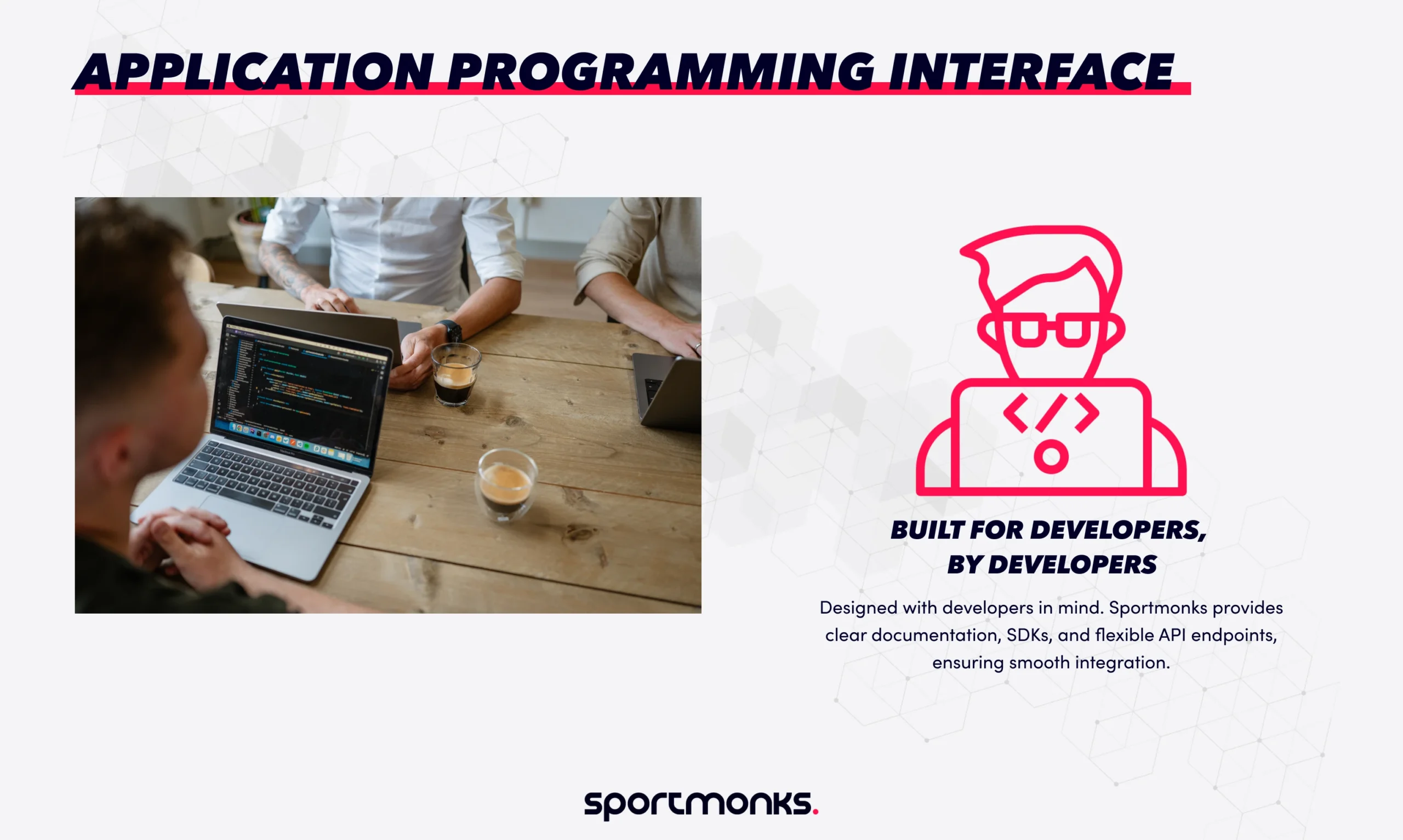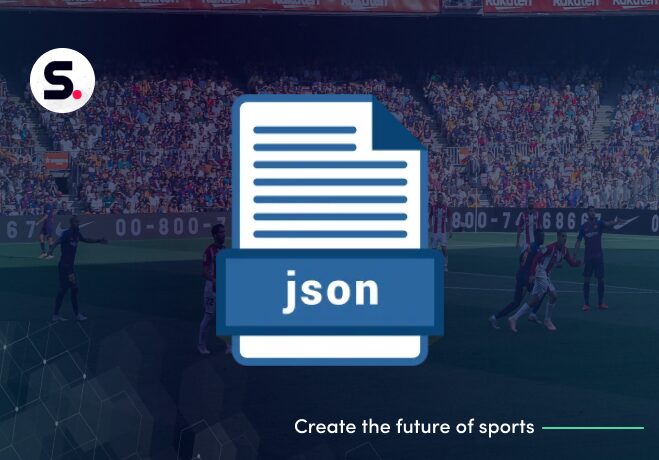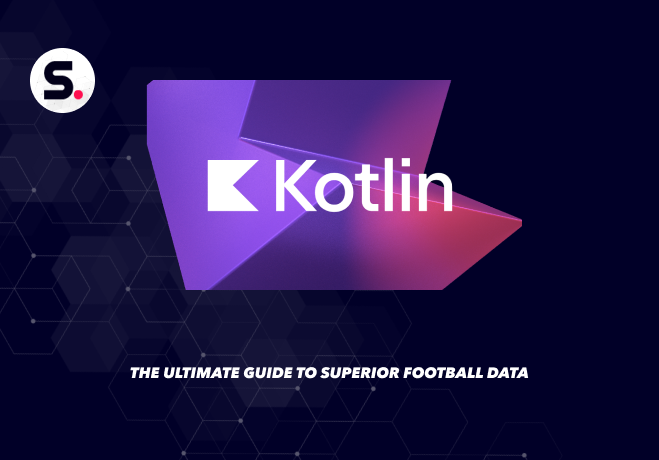
Contents
Why are APIs important?
APIs have become fundamental to modern software development for several key reasons:
– Seamless collaboration: APIs allow diverse applications, built using different technologies and programming languages, to work together seamlessly. This removes the need for developers to build every single piece of functionality from scratch.
– Modularity and reusability: APIs promote a modular approach to software design. Developers can build specific functionalities as independent services and expose them through APIs. Other applications can then reuse these services as needed, saving time and effort.
– Innovation: By providing access to existing data and functionalities, APIs enable developers to create new and innovative applications and services that build upon existing foundations. This fosters a faster pace of innovation.
– Abstraction: APIs abstract away the underlying complexity of a software system. Developers interacting with an API only need to understand the defined endpoints, data formats, and methods, without needing to know the internal workings of the other application. This simplifies the development process.
– Scalability: APIs help the development of distributed systems and microservices architectures. Individual components can be scaled and maintained independently, leading to more robust and scalable applications.
How do APIs Work? The client-server model
The operation of most APIs follows a client-server model. Here’s a breakdown of the typical interaction:
The client
The client is the software application that wants to access data or functionality from another application. This could be a web browser, a mobile app, a desktop program, or even another server.
The API request
The client sends an API request to the server through the API. This request specifies what data or action the client needs. The request is structured according to the API’s defined rules, including:
– Endpoint (or route): A specific URL that identifies the desired resource or function on the server. For example, in our Football API, you can access fixtures using this endpoint.
– HTTP Method (for Web APIs): An action verb (like GET, POST, PUT, DELETE) that indicates the type of operation the client wants to perform.
– Headers: Additional information about the request, such as the format of the data being sent or authentication credentials.
– Body (optional): Data that the client sends to the server, often used when creating or updating resources.
– Parameters (optional): Specific values that refine the request, often included in the URL or the request body.
For a detailed guide on how to structure requests to our API, including authentication and query parameters, see our Making your first request documentation.
The server and the API
The server is the application that exposes its data or functionality through the API. When the server receives a request at a specific API endpoint, the API acts as the gateway, interpreting the request and directing it to the appropriate part of the server-side application.
Processing the request
The server-side application processes the client’s request. This might involve accessing a database, performing a calculation, or interacting with other internal services.
The API response
Once the server has processed the request, it sends a response back to the client through the API. The response also follows a defined structure and typically includes:
– Status code (for Web APIs): A numerical code that indicates the outcome of the request (e.g., 200 OK, 404 Not Found, 500 Internal Server Error). For more details on response codes, see our response codes documentation.
– Headers: Additional information about the response, 1 such as the format of the data being sent back.
– Body (optional): The data requested by the client or the result of the action performed by the server. This data is often formatted in a standard way, such as JSON or XML.
Data sharing and integration
APIs provide controlled and secure ways to share data between different systems. This is crucial for data integration, analytics, and creating a unified view of information across various platforms.
Faster development cycles
By leveraging existing APIs, developers can significantly reduce development time and bring new features and applications to market more quickly.
Ecosystem growth
Publicly available APIs allow third-party developers to build applications and services that integrate with a platform, bringing about a rich ecosystem around that platform. This benefits both the platform provider and the wider developer community.
Types of APIs
APIs exist in various forms, each serving different purposes and facilitating communication at different levels of software systems. Here are some of the main types:
Web APIs (or Web services)
These are APIs that are accessed over a network using the HTTP protocol. They are the backbone of modern web applications and mobile apps, enabling communication between clients (like browsers or mobile apps) and servers. Web APIs often follow architectural styles like REST (Representational State Transfer) or SOAP (Simple Object Access Protocol). They typically exchange data in formats like JSON or XML. Examples include APIs provided by social media platforms (like Twitter or Facebook), e-commerce sites (like Amazon), and sports data services like Sportmonks.
Library APIs
These are APIs embedded within a programming language’s libraries or frameworks. They provide a set of pre-written functions, classes, and methods that developers can use within their code to perform specific tasks without having to implement them from scratch. For instance, a Python library for working with dates and times (like the datetime module) exposes an API that developers can use within their Python programs. Similarly, a user interface framework might provide an API for creating buttons, text fields, and other UI elements.
Operating system APIs
These are APIs that allow applications to interact with the underlying operating system. They provide access to system resources and functionalities, such as file systems, networking capabilities, hardware devices (like the camera or microphone), and user interface elements specific to the OS. For example, an application might use an OS API to save a file to the hard drive or to display a notification to the user. Different operating systems (like Windows, macOS, Linux, Android, iOS) have their own sets of OS APIs.
While these are the main categories, there can be overlaps and more specialised types of APIs. For example, hardware APIs allow software to communicate directly with hardware components.
The business value of APIs
APIs are not just technical components; they provide significant business value across various industries:
– New revenue streams: Companies can expose their data and functionalities as APIs and charge developers or other businesses for access. This can create entirely new revenue streams and business models.
– Partnerships: APIs help with seamless integration with third-party services. This allows businesses to offer more comprehensive solutions and expand their reach without building everything themselves.
– Improved customer experience: By enabling better integration between different touchpoints (web, mobile, in-store), APIs contribute to a more consistent and personalised customer experience.
– Faster time to market: APIs allow development teams to work independently on different components of a system. This speeds up the development process and enables faster deployment of new features and applications.
– Innovation: APIs provide the building blocks for creating new products and services by combining existing functionalities. They lower the barrier to entry for innovation.
– Internal efficiency: Internal APIs allow different departments and systems within an organisation to communicate and share data more efficiently, streamlining workflows and improving decision-making.
Get started with the Sportmonks football API today!
Ready to bring your sports applications to life with real-time, comprehensive football data? The Sportmonks Football API offers everything you need i.e. live scores, fixtures, player stats, and more, all accessible through simple, well-documented endpoints. Whether you’re building a fan app, a betting platform, or a fantasy football tool, our API empowers you to create innovative solutions with ease. Sign up for a free trial now and start exploring our rich dataset. Join thousands of developers worldwide who trust Sportmonks to power their football applications.




